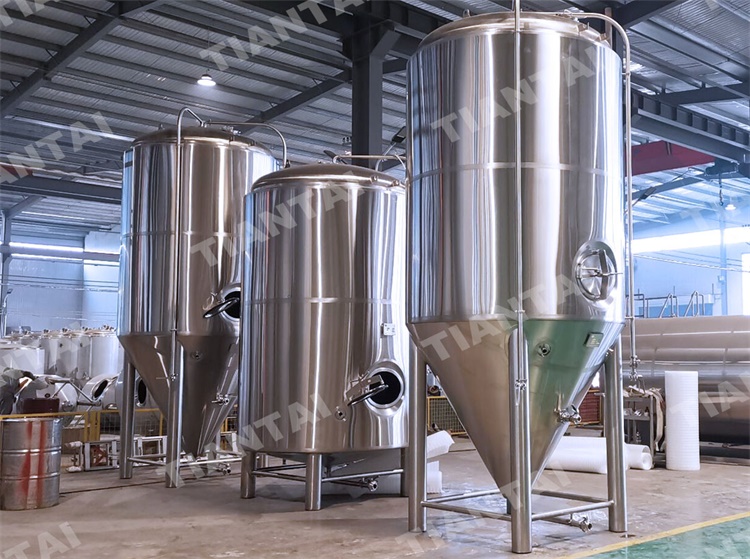Changes during fermentation
- Apr 17, 2021
- 156
- tiantai
The wort contains assimilable nitrogen and non-assimilable nitrogen, the ratio of which has a certain relationship with the quality of beer. Nitrogen assimilation can affect the fermentation process and yeast metabolites, thus affecting the beer production process execution and beer quality and flavor; non-assistable nitrogen is related to the physical and chemical properties of beer, such as beer clarification, non-biological stability and foam performance and many more.
75% of the nitrogen-containing substances in beer come from wort and 25% from yeast secretions.
There are two cases of yeast secreting nitrogenous substances, the reasons and functions are as follows:

(1) After the main leaven
Most of the nutrients are depleted at this time, but yeast is still a living cell, but its life process is weakened. At this time, the yeast separates out substances that are favorable for a round and mellow taste within a certain range. These substances are: amino acids, peptides, vitamins, phosphates, glycoproteins and enzymes; the taste of beer will change when there is active yeast, which is conducive to beer maturity. Therefore, separating the yeast too early will result in a thin, dry taste, even if it is stored for a long time later, the result is the same.

(2) Autolysis of aging yeast during beer storage
Yeast autolysis, 70% of protein decomposition products enter the beer in the form of amino acids, therefore, the severity of yeast autolysis can be revealed by the abnormal increase in amino acid content.
From the perspective of the total nitrogen content of wort, it will decrease by about 1/3 after fermentation. Among them, the higher the molecular weight of nitrogen-containing substances, the smaller the reduction rate.
Edited by Alisa
Email:[email protected]
75% of the nitrogen-containing substances in beer come from wort and 25% from yeast secretions.
There are two cases of yeast secreting nitrogenous substances, the reasons and functions are as follows:

(1) After the main leaven
Most of the nutrients are depleted at this time, but yeast is still a living cell, but its life process is weakened. At this time, the yeast separates out substances that are favorable for a round and mellow taste within a certain range. These substances are: amino acids, peptides, vitamins, phosphates, glycoproteins and enzymes; the taste of beer will change when there is active yeast, which is conducive to beer maturity. Therefore, separating the yeast too early will result in a thin, dry taste, even if it is stored for a long time later, the result is the same.

(2) Autolysis of aging yeast during beer storage
Yeast autolysis, 70% of protein decomposition products enter the beer in the form of amino acids, therefore, the severity of yeast autolysis can be revealed by the abnormal increase in amino acid content.
From the perspective of the total nitrogen content of wort, it will decrease by about 1/3 after fermentation. Among them, the higher the molecular weight of nitrogen-containing substances, the smaller the reduction rate.
Edited by Alisa
Email:[email protected]



.jpg)
.jpg)